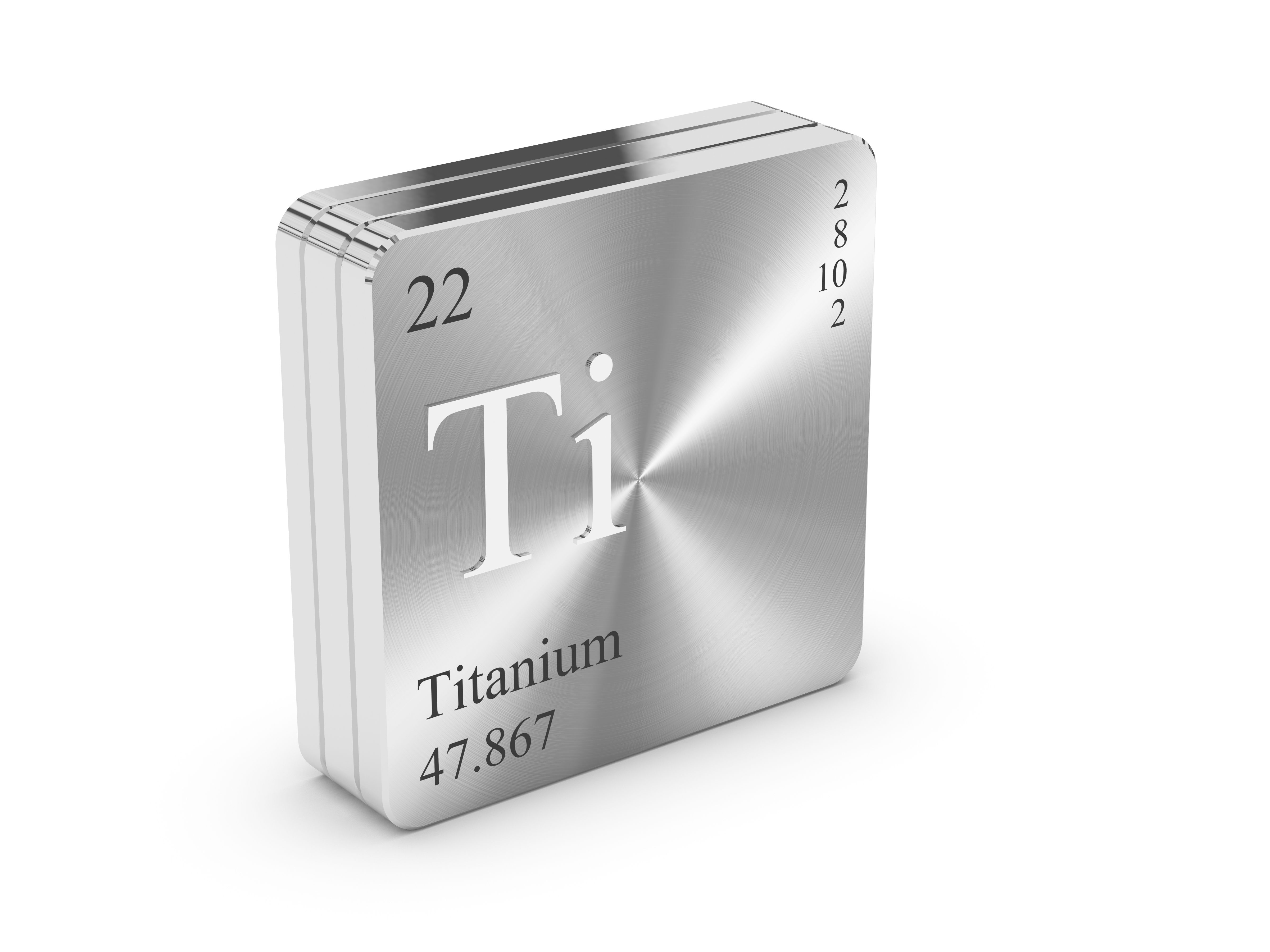Advancing Corrosion Resistance in Additively Manufactured Titanium Alloys Through Heat Treatment
Researchers have demonstrated that heat treatment significantly enhances the corrosion resistance of additively manufactured TC4 titanium alloy by transforming its microstructure, offering valuable insights for aerospace applications.
In a recent study published in the International Journal of Electrochemical Sciences, a team of researchers investigated how heat treatment on manufactured TC4 titanium alloy can influence its electrochemical properties. This study was led by Shuanghang Che of Shenyang Aircraft Corporation and Jianzhong Li of Northeastern University. Along with researchers at Hebei University and the Party School of Liaoning Provincial Party Committee, they used scanning electron microscopy (SEM) and X-ray diffraction (XRD) to learn more about the phase transformations during heat treatment of this titanium alloy (1).
Titanium alloys are used in various important application areas. It is considered one of the preferred materials for structural parts because of its corrosion resistance, heat resistance, and high strength (2). As a result, titanium alloys have been used in the aerospace, shipbuilding, biomedical, and automotive industries (2). However, when produced using additive manufacturing (AM), the material exhibits a unique microstructure dominated by a metastable α' phase with minimal β phase content (2). This composition results in relatively poor electrochemical performance, necessitating post-processing treatments to enhance durability in harsh environments, such as exposure to seawater.
Titanium - element of the periodic table on metal steel block | Image Credit: © concept w - stock.adobe.com

In their study, the researchers attempted to discern the correlation between microstructure and electrochemical properties using polarization curve measurements and electrochemical impedance spectroscopy (EIS). Artificially synthesized seawater served as the electrolyte, and advanced characterization techniques, including scanning electron microscopy (SEM) and X-ray diffraction (XRD), were used to provide insight into phase transformations during heat treatment (1).
The study found that subjecting AM-produced TC4 titanium alloy to heat treatment decomposes the metastable α' phase into a stable α+β biphasic structure. This means that heat treatment plays a role in influencing the material's electrochemical behavior (1). When the researchers increase the heat treatment, they raised the self-corrosion potential and improve corrosion resistance (1).
One of the other key observations from this study is what happened when the samples were held at 800 °C for extended periods. The researchers noted that from 1 hour to 4 hours, the decomposition of the α' phase into the α’+β biphasic structure became more pronounced (1). As a result, they concluded that this process weakened the preferred grain orientation and enhanced electrochemical performance, leading to increased resistance to corrosive environments (1).
Conversely, at a higher heat treatment temperature of 940 °C, prolonged exposure (from 1 hour to 4 hours) caused the α grain structure to coarsen (1). This process resulted in a marked increase in self-corrosion current density and passivation current density, ultimately degrading the alloy’s electrochemical properties (1). The accelerated phase transformation at this temperature reduced the effectiveness of the corrosion-resistant biphasic structure.
This study offers new additional information for optimizing heat treatment protocols in industries that use titanium alloys. Establishing a clear link between microstructure and electrochemical behavior enables manufacturers to enhance alloy performance, extending the lifespan of critical aerospace components exposed to marine or humid environments (1).
Additive manufacturing is continuing to play a major role in producing many structural materials. Titanium is being used routinely in building rocket parts and its engine (2). Ships have also benefitted from the use of titanium alloys, as this material has been used in pressure vessels, pumps, and other key equipment (2). In the biomedical space, titanium alloys have been used in many surgical implants (2). And finally, in the automotive industry, titanium is used to build engine parts (2).
As additive manufacturing continues to revolutionize the production of new materials, this study provides new information that could potentially be applied to create more durable and reliable titanium alloys.
References
- Che, S.; Zhang, Y.; Yuan, Q.; et al. The Effect of Heat Treatment on the Electrochemical Properties of Additive Manufactured TC4 Titanium Alloy. Int. J. Electrochem. Sci. 2025, 20 (6), 101007. DOI: 10.1016/j.ijoes.2025.101007
- Stanford Advanced Materials, How Titanium Alloy is Used in These 4 Industries Today? Stanford Advanced Materials. Available at: https://www.samaterials.com/content/how-titanium-alloy-is-used-today.html#:~:text=Titanium%20Alloy%20Used%20in%20the%20Automotive%20Industry,%2C%20crankshafts%2C%20fasteners%2C%20etc. (accessed 2025-04-03).
AI Shakes Up Spectroscopy as New Tools Reveal the Secret Life of Molecules
April 14th 2025A leading-edge review led by researchers at Oak Ridge National Laboratory and MIT explores how artificial intelligence is revolutionizing the study of molecular vibrations and phonon dynamics. From infrared and Raman spectroscopy to neutron and X-ray scattering, AI is transforming how scientists interpret vibrational spectra and predict material behaviors.